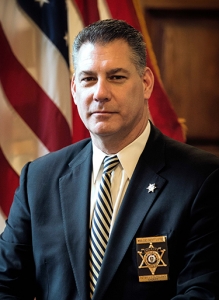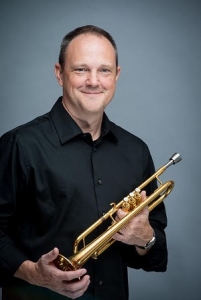Of the six programs the BSA offers, typically over 50% of registered youth are in the Cub Scout program. Annually, we recruit more first graders to be Tigers than any other age group across all programs. In 2020, many units were unable or chose not to recruit in their communities. As a result, youth membership in the BSA plummeted.
It is time for a reset this fall, so everyone is being asked to focus on membership recruitment. As critical as that effort will be, data tells us that in a typical year we have had a problem with keeping them in the program. Voice of the Scout surveys have told us that families leave because of a poor den experience.
Dens are where the action happens, it’s where we conduct activities in the form of the Adventure program. Den leaders are well meaning adults who volunteered to guide a bunch of kids through a series of activities to reach the goal of completing an Adventure. Our volunteer den leaders like to have a playbook from which to draw and know what to do when holding a den meeting. They want to know what they should be doing with the youth and how to get it done. Our den leaders are not child development experts, they are parents and adults who volunteer. At the beginning of each program year, our den leaders and Cub Scouts are both stepping into the great unknown.
Advancement is how we deliver our program and measure the outcome, but advancement is not the end goal: it is a method for running a den meeting. Advancement should not define the activities to be completed; activities should lead to advancement. Cub Scouts do not have the developmental understanding of why they must complete certain requirements to “advance.” They came to the meeting to have a good time and do something fun. Typically, that’s all the Cub Scout cares about.
On the way home from a den meeting, Cub Scouts should be able to tell their families that they had FUN. They should be able to describe the meeting with glee and excitement and a need to return. If a Cub Scout looks out the car window and says, “That was boring,” chances are he or she will not be back to the next
den meeting or register for another program year.
Our challenge is to be sure den leaders are aware of the many resources available to help our leaders provide the best program possible; each and every meeting. Let’s re-set and focus on member experiences that shine and provide great fun and adventures.
BSA resources available to provide the best Cub Scout experience for new membership – youth and adult.

 Distinguished Eagle Scout Award (DESA)
Distinguished Eagle Scout Award (DESA)